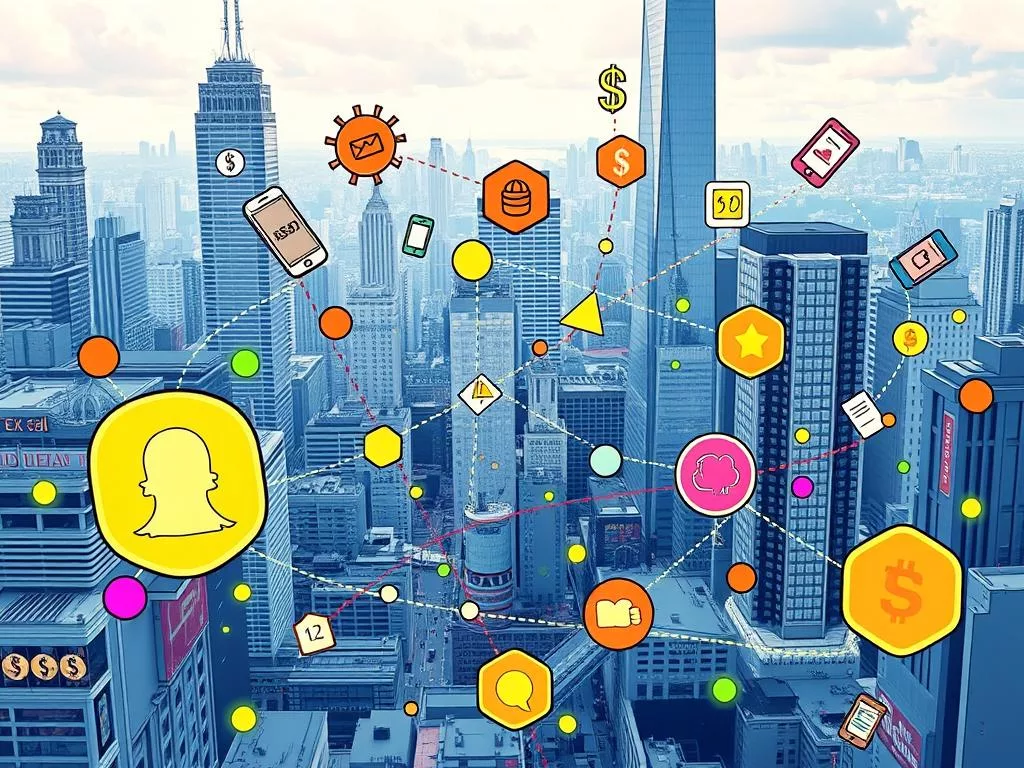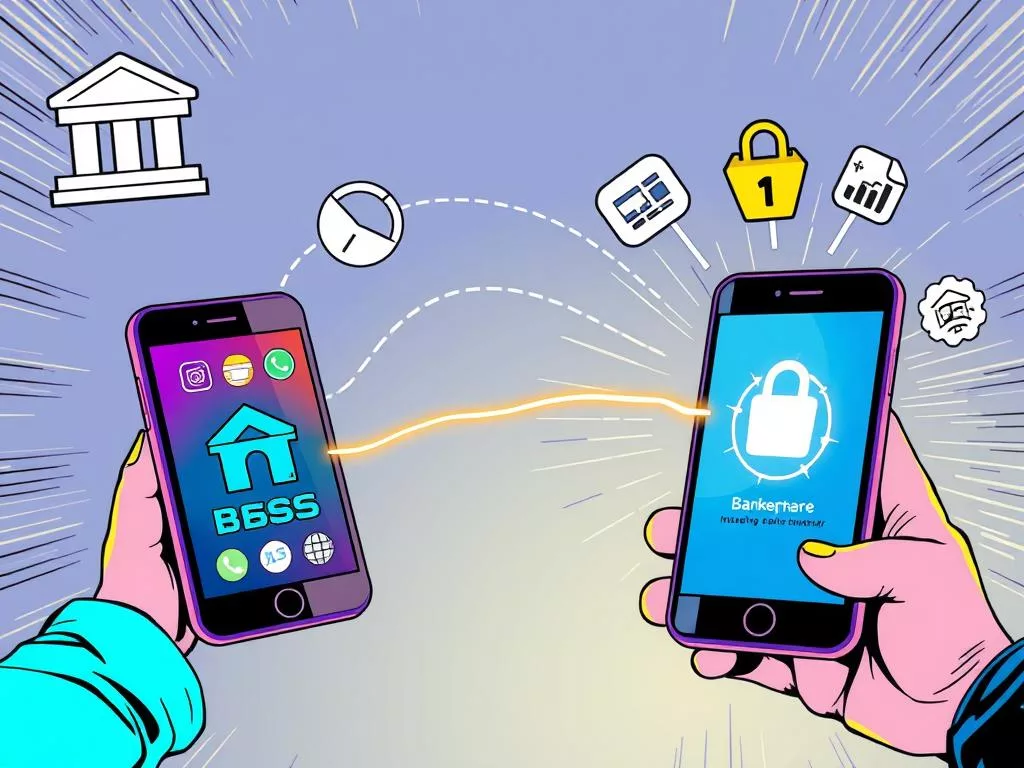The Unified Payments Interface (UPI) has changed how we make payments. It lets us send money instantly between bank accounts using our phones. It was created by the National Payments Corporation of India (NPCI).
UPI uses systems like Immediate Payment Service (IMPS) and Aadhaar Enabled Payment System (AEPS). It makes paying and receiving money easy without needing to enter bank details every time. It started in 2016 and has become very popular because it’s simple and works well.
In 2022, India led the world in instant payment transactions, making up 46% of them. By November 2022, over 300 million people in India used UPI every month. By January 2024, UPI had processed 12.20 billion transactions worth ₹18.41 lakh crore ($222.17 billion).
This shows a 41.72% increase in transaction value from the previous year. UPI has been a big change in digital payments, backed by the Reserve Bank of India (RBI) for its safety and reliability.
What is Unified Payments Interface (UPI)?
Unified Payments Interface, or UPI, changes how we send money between bank accounts. It uses a mobile app to make transactions easy and fast. This means you can pay without using a card or sharing your bank details.

UPI works with a special address or UPI ID. This makes payments quick and safe. You only need two clicks to make a payment, keeping your data secure.
By 2023, UPI had grown a lot. It handled over 74 billion transactions worth about INR 125 trillion. This shows how popular it has become, helping both city and rural areas.
Most UPI payments are for shopping online. This shows how widely accepted UPI is among businesses. It has grown very fast, becoming a top choice for both buyers and sellers.
UPI started in India on April 11, 2016. It was created by the RBI and NPCI with help from banks and payment services. This was a big step forward in digital payments.
UPI is not just for India. Countries like Singapore and the UAE use it too. This shows UPI’s growing global use. UPI Lite also helps make transactions more reliable, even when it’s busy.
UPI uses the IMPS system for 24/7 transactions. This makes it very efficient. For more on using UPI in India from the USA, check out this guide here.
UPI lets you send up to INR 1 lakh a day. For schools and hospitals, it’s even more. This makes it easy and convenient for both businesses and customers.
So, UPI is more than just a name. It’s a smart digital tool that makes money transfers clear, cheaper, and more inclusive.
How Does UPI Work?
The Unified Payments Interface (UPI) makes transactions easy for both the sender and receiver. Here’s how it works:
- Users start by using a UPI-enabled app to pick the recipient’s UPI ID or scan a QR code.
- They then use a secure UPI PIN to authorize the payment, ensuring only the right person can approve it.
- Once the banks confirm, the money moves instantly between accounts.
- The user is told right away if the payment went through or not.
UPI’s digital payment process is secure and fast. It lets users send up to ₹1 lakh at a time and do 20 transactions a day. The UPI PIN, a 4 to 6 digit code, adds an extra layer of security.

One big plus of UPI is how quickly it settles transactions between banks, usually in minutes. It also doesn’t charge for person-to-person payments, making it very affordable. Users can pay bills, set up autopay, and keep track of their payments.
UPI can handle millions of transactions every day, helping move towards a digital economy. For more on UPI’s impact, see this detailed resource.
For merchants, UPI makes payments quick and safe, improving cash flow and customer satisfaction. About 80% of Indian merchants now use digital payments thanks to UPI. The RBI wants to see UPI transactions reach 1 billion a day, showing its growth and capability.
| Transaction Type | Limit |
|---|---|
| Standard UPI Transactions | ₹1 lakh per transaction |
| UPI Lite Transactions | ₹1,000 per transaction, Overall wallet limit ₹5,000 |
| High-Value Transactions (Tax, Healthcare, Education, etc.) | ₹5 lakh per transaction |
Guide to unified payments interface upi
Using Unified Payments Interface (UPI) for daily transactions can change how you manage money. By 2023, UPI was used in 84% of India’s digital payments. It’s expected to reach 90% by FY 2026, making it key for everyone.
UPI is loved for its quick money transfers. You can send money anytime, even on weekends. This is great for businesses, with over 70% of small businesses planning to use UPI for sales.
It’s also safer than old card payments. You don’t have to share your personal info. This makes UPI a safer choice.
UPI is cheaper than traditional banking. It has seen huge growth, with over 74 billion transactions in 2023. This totals about USD 1.7 trillion. It’s also used in places like Singapore and the UAE, showing its global appeal. Learn more about UPI from this guide.
For international payments, Wise and Currencies Direct let you use UPI. But, watch out for extra fees and rules. Knowing what UPI can do helps you use it better. Get tips for international money transfers from this resource.

